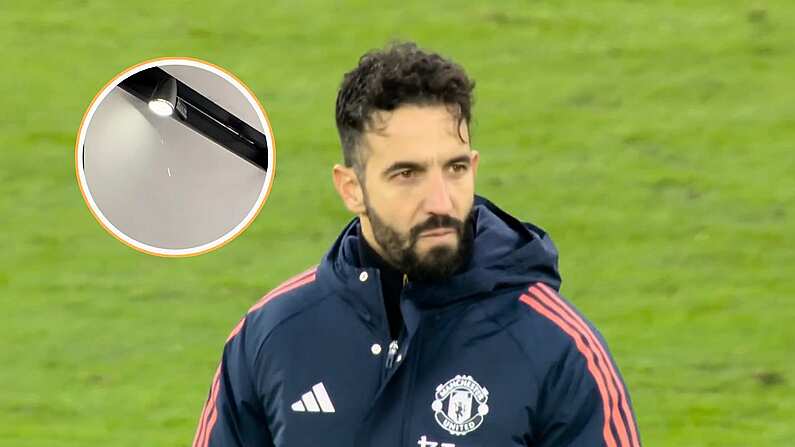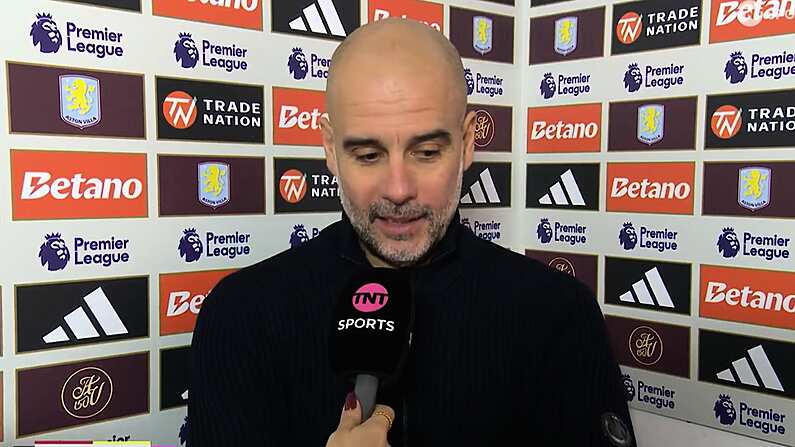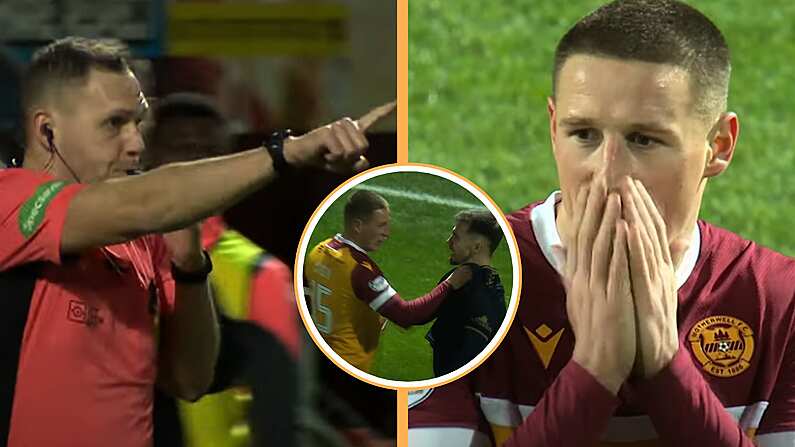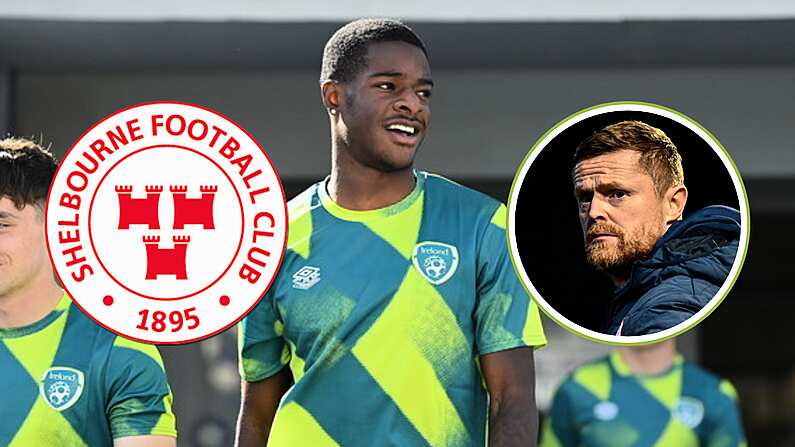You may remember, back in 2010, Sky Sports set up at the Emirates Stadium promising the future. Having invented football in 1992, and revolutionised it in the mid-noughties by broadcasting in slightly better quality (allowing them to sell it at twice the price), a game between Manchester United and Arsenal was promised as the jumping off point for a leap into the future.
The game was the first to be broadcast in 3D, as Sky decided that this was a necessary affectation in our already complex lives. Richard Keys and Andy Gray were at the vanguard of this technological revolution:
The idea did not catch on - partly because of the cost (you needed a 3D-ready TV), partly because of the fact that the 3D broadcast was assigned different (and inferior) commentators, and the fact that the wearing of the glasses during games were inherently stupid. A year later the idea had been shelved and Keys and Gray were gone, having fallen foul to the eleventh commandment: thou shalt not get caught engaging in b****r.
Such a three-dimensional dream was worth persisting with, however, a fact borne out by French television's magical coverage of Euro 2016. Have a look at some of these green-screen antics. Imagine how Kevin Keegan's 'I would love it if we beat them' post-game rant would have been improved had this sorcery been around in the 1990s:
Buzzfeed have contacted the French station - M6 - to explain how they did it, and in doing so, discovered this majestic hologram interview with Dimitri Payet:
Pour ses interviews d'après-match, M6 projette l'hologramme des joueurs sur son plateau... pic.twitter.com/YT18EFQNg3
— Actu Foot (@ActuFoot_) June 19, 2016
Payet then beams out at the end of the interview. Magnificent.
Although, to be fair to Sky Sports, they've had magic in their coverage before:
https://www.youtube.com/watch?v=ReDVcvC2XLc










